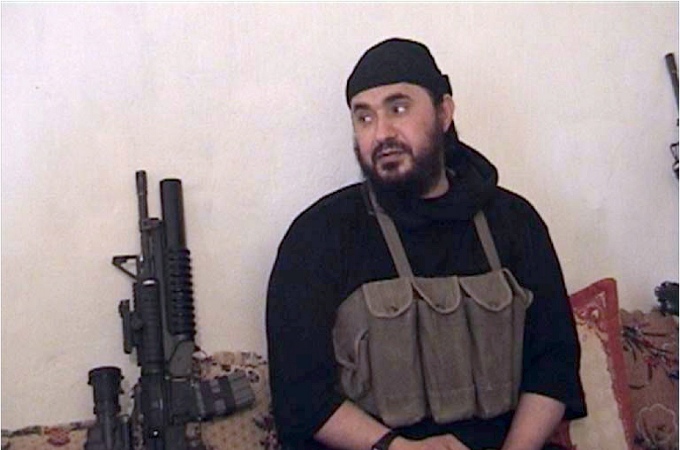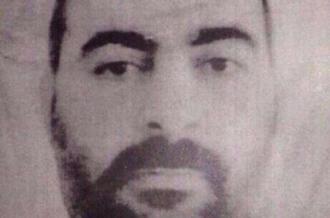ISIL: Rising power in Iraq and Syria
The Islamic State of Iraq and the Levant has outgrown even al-Qaeda as it seeks to establish a new caliphate.

With thousands of Arab and foreign fighters and a commander with designs on the leadership of al-Qaeda, the Islamic State of Iraq and the Levant has become the gravest threat to the region.
Despite earning the fury of even the core al-Qaeda leadership for its methods, ISIL has expanded to control vast areas of Iraq and Syria as it seeks to establish a new Islamic caliphate.
Keep reading
list of 4 itemsMoscow theatre attack suspects show signs of beating in court
Four men showing signs of severe beating charged over Moscow concert attack
Russia mourns Moscow concert hall attack victims as death toll rises to 137
ISIL can trace its roots to Tawhid and Jihad, a Sunni group which rose against the US and Iraq after the fall of Saddam Hussein in 2003.
Tawhid’s leader, Abu Musab al-Zarqawi, a Jordanian, declared his allegiance to al-Qaeda in 2004, renamed his group al-Qaeda in Iraq and pushed a vicious campaign of suicide bombings and attacks on Iraqi and US targets.
But his methods were rejected by many Iraqis, who regarded the group and its leader as foreign interferers in what was a national struggle, bent on a sectarian war and killing for killing’s sake.
 |
| Abu Musab al-Zarqawi |
Zarqawi, who was famously filmed firing a machinegun from the hip, became the US enemy number one and was killed in 2006, to much fanfare in Iraqi and American circles.
After Zarqawi’s death, the group rebranded as the Islamic State in Iraq, or ISI, with a new leader, Abu Omar al-Baghdadi, in an apparent attempt to “nationalise” its image.
However, many claimed that Baghdadi was a foreigner, despite the name, and that his pronouncements were read by an Iraqi actor.
Baghdadi led the group, which continued to attack sectarian and US targets, until he was killed by US and Iraqi forces in 2010.
He was replaced by Abu Bakr al-Baghdadi, whose real name is Ibrahim Awwad Ibrahim al-Badri. It was from this point that the group began its international rise.
Little of Baghdadi’s history is known, but it is understood he spent five years in prison after being captured by US forces in Iraq in 2005.
In 2012, Baghdadi turned his attention to expand his operations to Syria, sending commanders across the border as the civil war worsened and rebel factions began to fight among themselves.
Clash of ideas
Baghdadi would in 2012 declare a merger between ISI and the Nusra Front, another al-Qaeda-inspired group led by a former lieutenant to Baghdadi, to form the Islamic State of Iraq and the Levant.
It was a declaration that was rejected by Nusra’s commanders as an attempted power grab, and Ayman al-Zawahiri, the leader of al-Qaeda, ordered the merger invalid.
In the months that followed, ISIL attacked rivals and took over territory, killing hundreds of rebels in battles and bombings, and hundreds of Syrian civilians for crossing its strict interpretation of Islam.
Zawahiri soon declared that al-Qaeda had disowned the group, and stated Nusra was al-Qaeda’s primary affiliate in Syria.
But that did not stop Baghdadi. Indeed, he denounced Zawahiri, stating that no one would prevent his men fighting against the Syrian regime or any of its other perceived enemies.
In a statement on April 17, ISIL stated that al-Qaeda was “no longer a base of jihad, adding that its leaders had “deviated from the correct path”.
 |
| Abu Bakr al-Baghdadi |
By this point his group had established itself as one of the most powerful in Syria, fighting it rivals to control northern and eastern parts of the country, including lucrative oil fields.
In January of 2014, ISIL turned its attention back to Iraq, sending a force to Anbar province and taking over Fallujah and the provincial capital, Ramadi, in the face of a weak and disorganised Iraqi response.
Emboldened, the group has shown it will not stop there.
Over the last week, ISIL has launched attacks in several Iraqi cities and has taken control of Mosul and Tikrit in devastating propaganda victories against the government of Iraq.
It is now able to control or keep a strong presence in the three Iraqi provinces bordering Syria, affording the unhindered movement of weapons and fighters.
ISIL’s source of funding and power remains unclear. Its control of oil fields adds to its coffers. Some suggest it relies on large donations by individual sympathisers, while others claim it has the backing of regional states and their intelligence services.
But its latest attacks in Mosul and beyond show that it is an organised force, prepared to spread its influence and fight in two states at once as it seeks to realise its new caliphate – with or without the backing of al-Qaeda’s traditional leadership.
Follow Graeme Baker on Twitter.